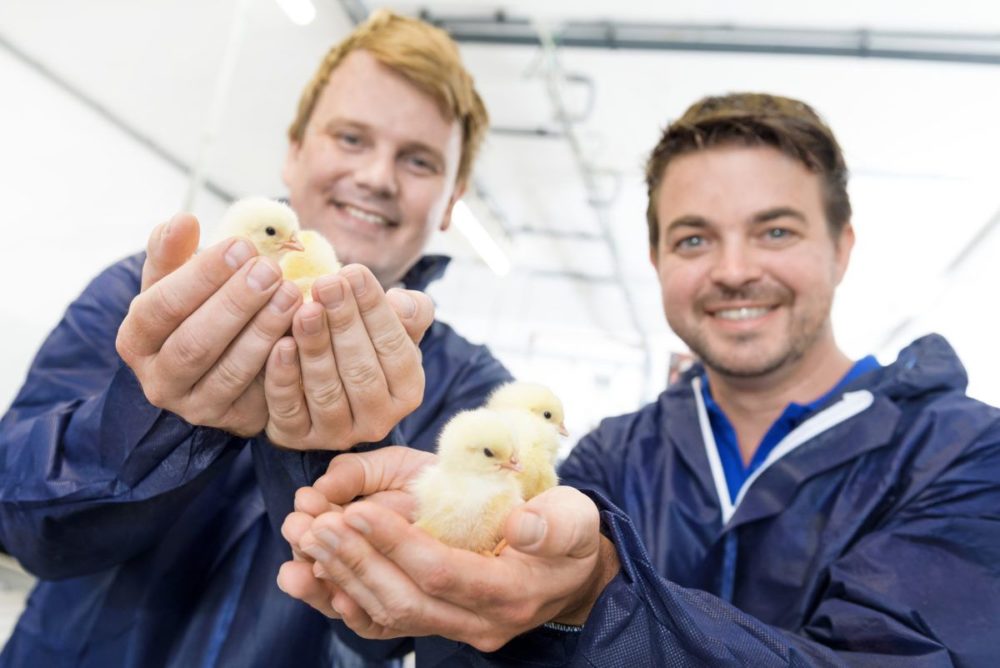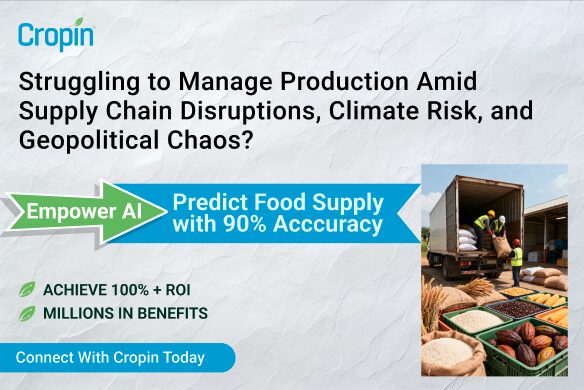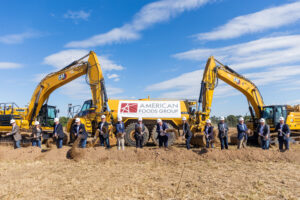In Ovo, a Netherlands-based startup developing a ‘no-cull’ solution for the chicken egg industry, has raised “several million euros” in a funding round from existing investors VisVires New Protein (VVNP) and Evonik Venture Capital – the VC arm of German chemicals company Evonik.
A representative of Singapore-based VVNP told AFN that the injection of capital will allow In Ovo to speed up industry adoption of its egg gender-typing machine.
Male chicks are typically seen as an unwanted byproduct of industrialized egg laying because they can’t grow up to become egg layers themselves, and they generally come from breeds that aren’t considered useful or desirable as a source of meat.
This means that, instead of raising these male chicks from egg-laying breeds for meat consumption, they are gender-sorted by hand after hatching and killed using methods such as gassing and maceration.
According to Leiden University spin-out In Ovo, close to 6.5 billion chicks are culled in this way each year – a practice that is increasingly seen as cruel and immoral by consumers and producers alike. Several governments that have indicated they want to phase out industrial male chick culling, with France and Germany committing to banning the practice by 2022.
While carrying out research at Leiden University, In Ovo co-founders co-founders Wouter Bruins and Wil Stutterheim discovered a novel biomarker for gender that could be used to determine the sex of chick embryos long before they hatch.
Today, the startup’s gender-typing system — named Ella — uses an automated sampling method to extract tiny amounts of allantoic fluid from an egg by making a minuscule hole in its shell which is then resealed.
The fluid sample is then analyzed by “the fastest mass spectrometer in the world” in order to detect the relevant biomarker.
This way, eggs identified as male can be discarded before a fetus develops, while only the female eggs are incubated and hatched.
Netherlands-based commercial hatchery Het Anker has been using Ella since December 2020, while other egg traders in the country including G. Kwetters & Zn., Interovo Egg Group, and Gebr. Van Beek have made committments to adopt the technology, according to In Ovo.
In addition to securing its latest funding, the startup has hit the milestone of hatching its first 150,000 chicks without a single chick needing to be culled.
But “150,000 chicks is only the start; hatcheries using the current Ella system can hatch 1 million cull-free hens per year,” the startup said in a statement shared with AFN.
“As high demand is projected in the coming years, In Ovo is continuously improving its technology on speed, accuracy and day of testing. In a few months from now, one new Ella machine will be able to enable hatching of 5 million hens per year and In Ovo will start implementing its technology outside the Netherlands.”
“To develop a solution that can be readily integrated into existing commercial production systems is extremely difficult. This is especially true in commoditized industries where speed, accuracy, and reliability are key,” said Matthieu Vermersch, founder and managing partner at VVNP.
“In Ovo’s remarkable accomplishment – a culmination of many years of research and development – is a timely breakthrough.”
The startup closed a Series A round of “several million euros” in November 2018, with VVNP and Evonik among the participating investors.
Comment? News tip? Story idea? Email me at [email protected] or find me on LinkedIn and Twitter





